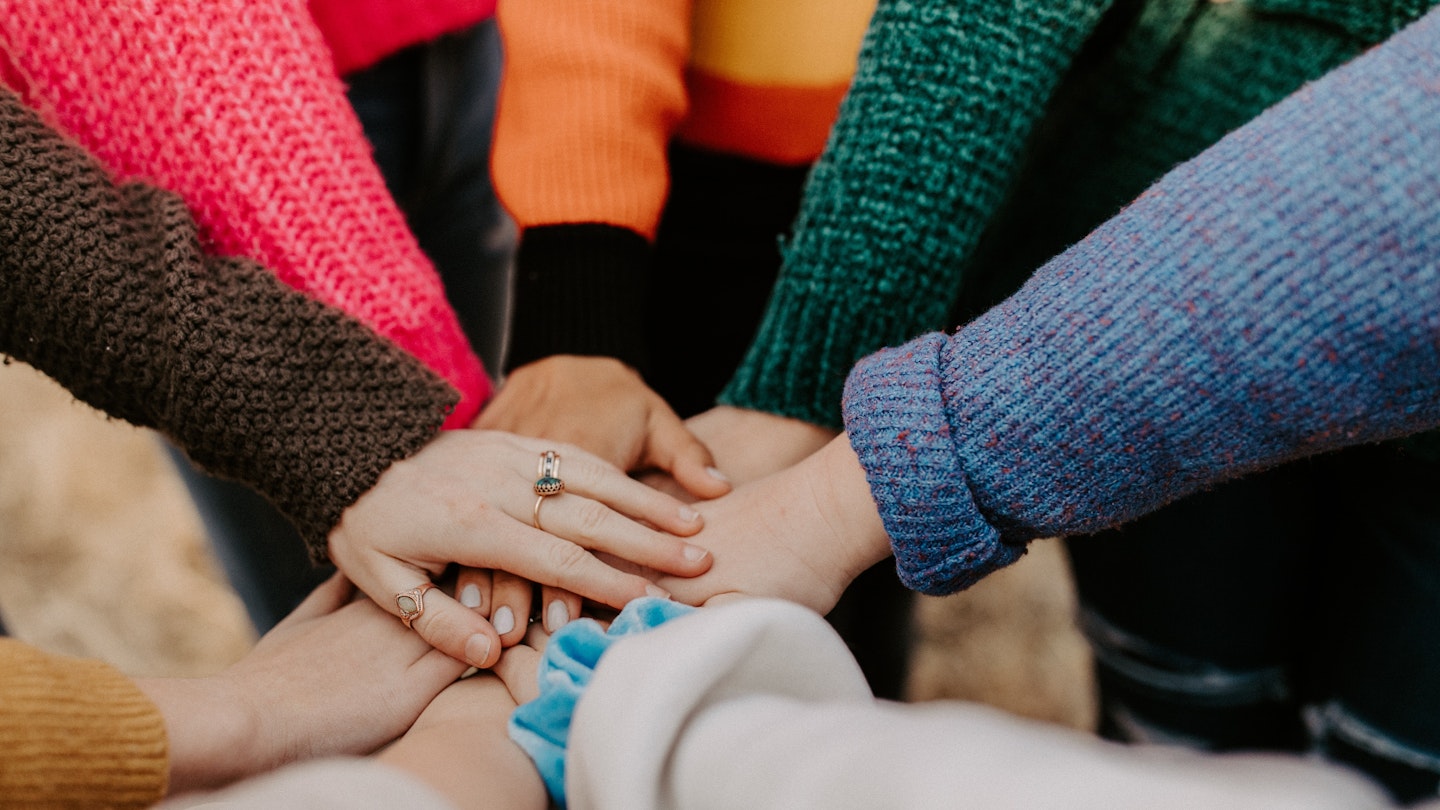Today is International Women’s Day. It’s a day of celebration, a day to recognise the achievements of incredible women all over the world. It’s also a day to reflect on just how far we are from achieving true gender equality.
This is a day for us to stand up for women who are subjected to Female Genital Mutilation (FGM) and Early Forced Marriage, women who are paid less than men because of their gender, girls who are raped or abused, those who are denied the right to an education, simply because they are female.
More than a century after International Women’s Day was launched, so much still needs to be done to protect and free millions of women from the reality they face every day.
Here are just ten reasons we still need International Women’s Day in 2023:
1. Because 90% of the world is prejudiced towards women
In 2020, a UN report found that almost 90% of people hold at least one bias towards women globally. That means they have at least one discriminatory attitude across areas such as politics, employment, violence, reproduction and education, which led to last year's IWD theme #BreakTheBias. This year's theme is #EmbraceEquity and is about looking forward towards an equal, digital future.
Terrifyingly, this report found that near a third of people think a husband has the right to beat his wife.
2. Because conviction rates for rape are only 1.6% in the UK
Tens of thousands of rape and attempted rape victims still see their attackers go free as a minute 1.6% of cases, as of 2021, lead to conviction in the UK - a record low.
Labour’s shadow minister for justice, Ellie Reeves, said: ‘rape victims are being abandoned by the justice system’ and accused ministers of ‘failing women and girls on every front’.
3. Because the number of women in positions of power is actually decreasing
In 2018, it was reported that there are just 30 women in full-time executive roles at FTSE 250 firms, down from 38 from 2017 – amounting to 6.4% of the total. More than that, there are only 220 female MPs out of a total 650 members of parliament.
4. Because women still aren’t trusted to make decisions about their own bodies
Abortion was only decriminalised in Colombia last year. And, around the world, women’s rights to abortion are either non-existent or getting weaker and weaker.
Take the US, where the shock decision to reverse landmark Roe v Wade legislation was overturned in June 2022. The US Supreme Court therefore decided that women do not have the blanket right to an abortion in all states without government approval. The news marked a huge regression in female reproductive rights in the US.
5. Because women’s health concerns are ignored and vastly underfunded
On average, endometriosis diagnosis, which affects 1.5 million women in the UK, takes eight years. Eight years of often excruciating pain before women are believed and treated for a condition that has received huge press coverage thanks to celebrities speaking out. What about all the others?
6. Because women still have to choose between their careers and having children
45% of new mums have their responsibilities stripped when they return from maternityleave. Essentially, we have to reach a peak in our careers before we can even consider starting a family.
That same UN report from earlier also found that women work more hours than men on average, but often for unpaid care work. British women today contribute 20 hours of weekly domestic effort to British men’s 12, a 60% domestic labour gap that hasn’t changed since the 1990s.
7. Because the gender pay gap
The gender pay gap in the UK means that women are paid an average of 8.3% less than men, according to the ONS. Now that companies with more than 250 employees are required to publish their gender pay-gap data it's been revealed that the problem is actually getting worse rather than better. And better yet? Half of men think the gender pay gap doesn’t exist. Yes, seriously.
8. Because female homicide victims are still at their highest level since 2006
198 women were killed in the last year, which is a 21 person increase from the year before according to the ONS. This stat is the highest level of women being murdered for a decade - and it hasn't improved in twelve months. 95% of those murders involved a male suspect and, in the majority of cases, the women knew their killer.
9. Because the rough sex defence can still be used against women
Following the tragic death of Grace Millane in 2018, Grazia launched a petition to end the rough sex defence, which was used by 59 men in the UK to receive not-guilty or lesser sentences by claiming a woman's death took place during 'rough sex' and therefore the violence was at least partly consented to.
On 30 April 2021, the revised Domestic Abuse Act became law, which included a ban on abusers using the defence of ‘rough sex’. But migrant women are still left unprotected by the bill.
10. Because there are countless more reasons
Like the fact that more than 200 million girls and women alive today have undergone FGM, there are still countries where it’s still made impossible for women to vote, where they don’t have equal access to education, jobs, healthcare and so much more. Because International Women’s Day is about looking beyond just the inequalities you or your communities face, beyond what’s on your doorstep or in your country, and understanding that there are countless women around the world who need our help and support just to have basic human rights.
